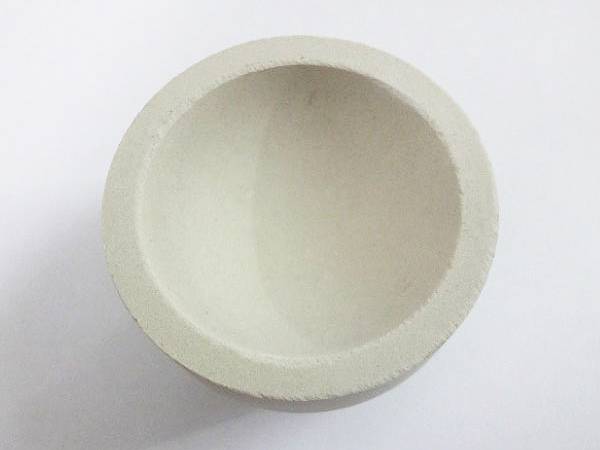



caustic soda msds
Understanding Caustic Soda Safety and Handling as per MSDS
Caustic soda, commonly known as sodium hydroxide (NaOH), is a highly versatile and widely used chemical in various industries. It is an essential ingredient in the production of soaps, detergents, and paper products, as well as in water treatment processes. However, due to its caustic nature, it is crucial to understand the safety measures and handling procedures associated with this chemical, particularly as outlined in its Material Safety Data Sheet (MSDS).
Chemical Properties and Uses
Caustic soda is a white, odorless solid that readily dissolves in water, generating heat in the process. As a strong base, it has a high pH and is used extensively for neutralizing acids and adjusting pH levels in various processes. Its applications range from manufacturing textiles and ceramics to serving as a drain cleaner.
Health Hazards
One of the critical sections of the MSDS focuses on the health hazards posed by caustic soda. Exposure can occur through skin contact, eye contact, inhalation, or ingestion. Sodium hydroxide is corrosive and can cause severe burns to the skin and eyes. Protective gear such as gloves, goggles, and face shields should be worn when handling this chemical, and operations should ideally be conducted in a well-ventilated area to minimize inhalation risks.
In case of exposure, immediate first aid measures are essential. For skin contact, it is crucial to wash the affected area with plenty of water for at least 15 minutes. If ingested, do not induce vomiting; instead, seek medical assistance immediately. Eye exposure requires rinsing with water or saline for 15 to 30 minutes, followed by urgent medical attention.
caustic soda msds

Environmental Considerations
The MSDS also highlights environmental hazards associated with caustic soda. It can cause significant harm to aquatic life, and any spills should be managed promptly to prevent contamination of water sources. In the case of a spill, one should contain the material and neutralize the alkaline substance before disposal, adhering to local regulations regarding hazardous waste management.
Storage and Disposal
Proper storage of caustic soda is critical to ensure safety. It should be stored in a cool, dry place in tightly sealed containers, away from incompatible materials such as acids and organic substances. The MSDS provides guidelines on how to store caustic soda safely to prevent accidents.
When it comes to disposal, it is essential to follow local regulations and guidelines. Disposal methods may vary based on the concentration and form of the chemical. Neutralization before disposal is generally recommended to minimize the corrosive potential.
Conclusion
The MSDS for caustic soda serves as a vital resource for anyone working with or around this chemical. Understanding the potential hazards, safe handling practices, and emergency measures can significantly reduce the risks associated with sodium hydroxide. By adhering to the guidelines set forth in the MSDS, workers can ensure not only their safety but also the safety of their colleagues and the environment. Respecting the power of caustic soda is essential in leveraging its benefits while minimizing its dangers.
-
Why Sodium Persulfate Is Everywhere NowNewsJul.07,2025
-
Why Polyacrylamide Is in High DemandNewsJul.07,2025
-
Understanding Paint Chemicals and Their ApplicationsNewsJul.07,2025
-
Smart Use Of Mining ChemicalsNewsJul.07,2025
-
Practical Uses of Potassium MonopersulfateNewsJul.07,2025
-
Agrochemicals In Real FarmingNewsJul.07,2025
-
Sodium Chlorite Hot UsesNewsJul.01,2025










